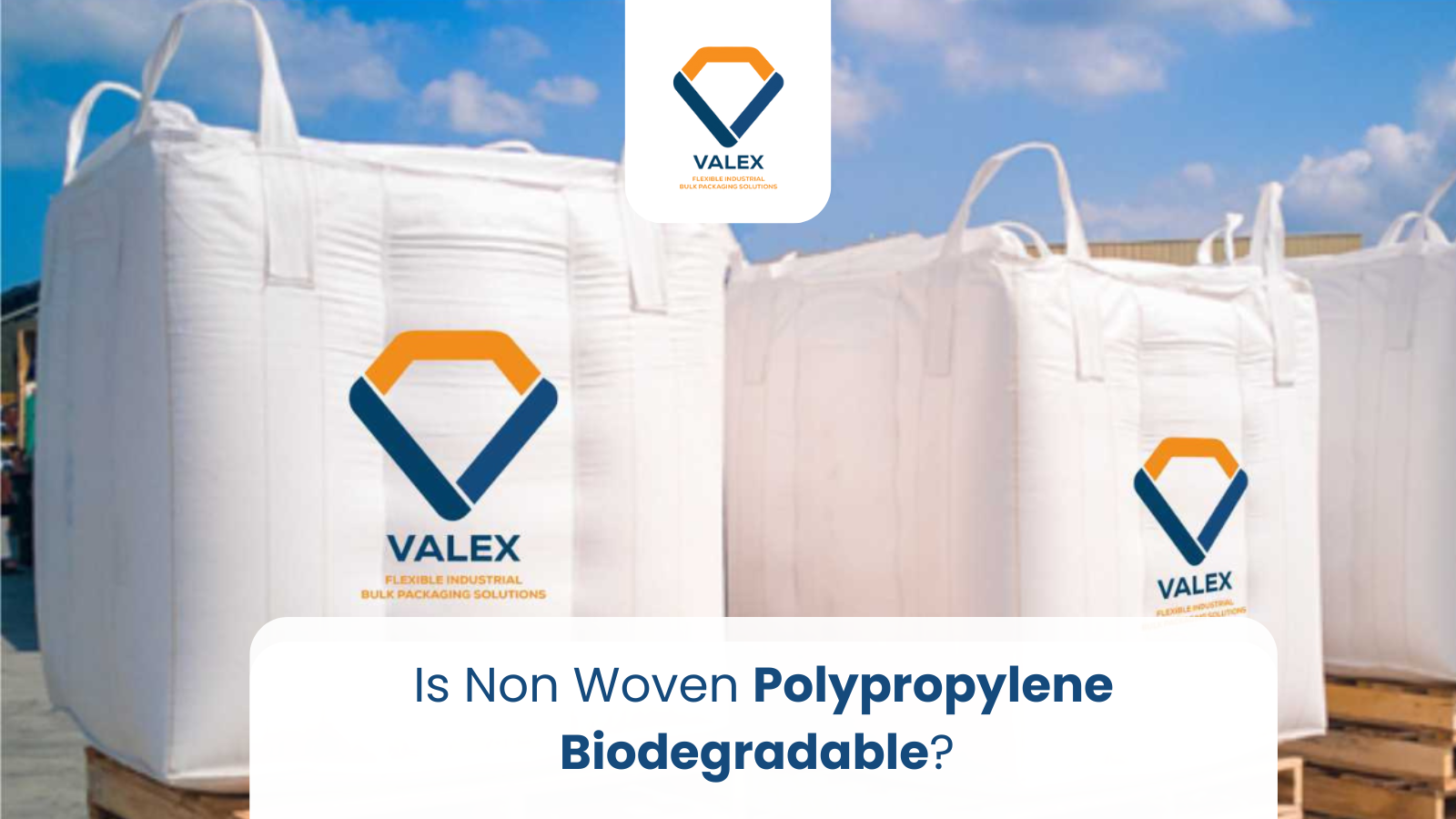Non woven polypropylene bags are everywhere in one form or the other like reusable grocery totes and medical masks etc. As society grows more eco conscious, many people ask, is non woven polypropylene biodegradable? Understanding the environmental footprint of these popular fabrics is essential for businesses and shoppers alike. Here we'll try to understand what non woven polypropylene is, whether it breaks down naturally, its recyclability, and practical steps for disposal and reuse.
Non-woven polypropylene, often abbreviated as non-woven PP, is made by bonding or felting polypropylene fibers into sheets without weaving. Unlike traditional fabrics, this process results in a material that is:
These qualities explain why non woven polypropylene bags dominate retail, healthcare, and promotional markets.

Natural Breakdown vs. Biodegradation: Biodegradable materials decompose through the action of microorganisms into water, carbon dioxide, and biomass. Polypropylene is a synthetic polymer that microorganisms cannot digest under normal conditions. As a result, non woven polypropylene does not biodegrade in soil or marine environments.
Environmental Impact: Because non-woven PP is not biodegradable, discarded bags and fabrics can persist in landfills for decades. Exposure to sunlight may cause some surface degradation over time, but this is a form of photodegradation rather than true biodegradation.
Reusability and Durability: While non woven PP is not compostable, its strength allows for multiple reuses. A single non woven polypropylene bag can replace hundreds of one-time plastic bags, reducing overall waste. This reusability factor contributes to its reputation as an eco-friendly option when used responsibly.
Carbon Footprint Considerations: Manufacturing non woven polypropylene consumes fossil fuels and emits greenhouse gases. However, over its lifetime, a reusable bag's lower production-to-use ratio can offset initial environmental costs if used many times.
Are Non Woven PP Bags Recyclable?
Yes. Non-woven polypropylene carries the recycling code 5 and can be collected at facilities that accept #5 plastics. Recycling facilities clean, shred, and reprocess the material into pellets that serve as raw material for new products.
How to Recycle Non Woven Polypropylene
Reduced Single-Use Plastic: By replacing disposable plastic bags, non woven polypropylene reduces the number of single-use items entering landfills. Even though the fabric is not biodegradable, its repeated use spreads its environmental impact over many shopping trips.
Energy Savings in Recycling: Recycling non woven polypropylene requires less energy than producing virgin polypropylene resin. This energy efficiency supports circular economy principles and cuts down on total carbon emissions.
Extend the Life of Your Bags
When to Recycle or Repurpose
Non-woven polypropylene is not biodegradable, but its durability and recyclability make it a viable alternative to single-use plastics when managed correctly. By choosing reusable non woven PP items, recycling them at end of life, and embracing repair and repurposing strategies, you can reduce environmental impact and support a more sustainable future.
Ready to upgrade your packaging with durable, reusable non-woven polypropylene FIBC bags?
Contact Valex Ventures, your trusted source for best FIBC bags made to withstand heavy loads while supporting recycling goals.
1. Is non woven polypropylene biodegradable?
No. Polypropylene does not break down naturally through microbial action.
2. Are non woven PP bags recyclable?
Yes. They carry plastic recycling code 5 and can be processed at facilities accepting #5 plastics.
3. How do I recycle non woven polypropylene?
Clean and dry the bags, remove labels, then drop them off at a recycler or store take-back program.
4. Is non woven polypropylene eco-friendly?
When reused many times, it reduces single-use plastic waste, but it's not compostable.
5. How are non woven polypropylene bags eco-friendly?
Their durability and recyclability lower overall environmental impact compared to disposable alternatives.
6. What is non-woven polypropylene used for?
It's used in reusable tote bags, medical masks, agricultural covers, and promotional items.